Easy News: Supreme Court ruling on sex and gender
Easy News: Supreme Court ruling on sex and gender
-
-
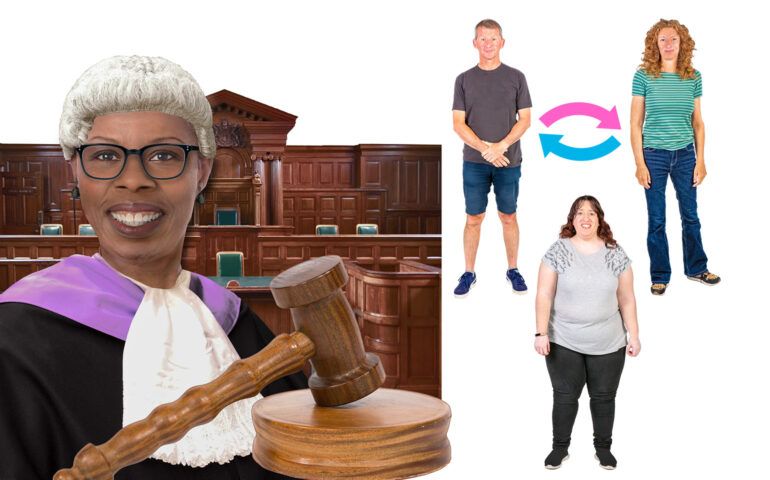
On the 16th of April, the UK Supreme Court made a decision that will be important for women and transgender men and women in the United Kingdom.
-
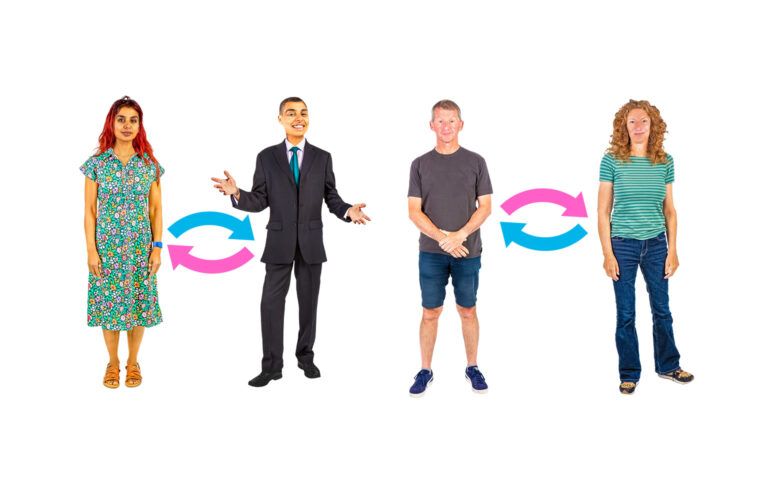
Transgender people think they were born with the wrong gender, and want to be a different gender. There can be transgender men and transgender women.
-
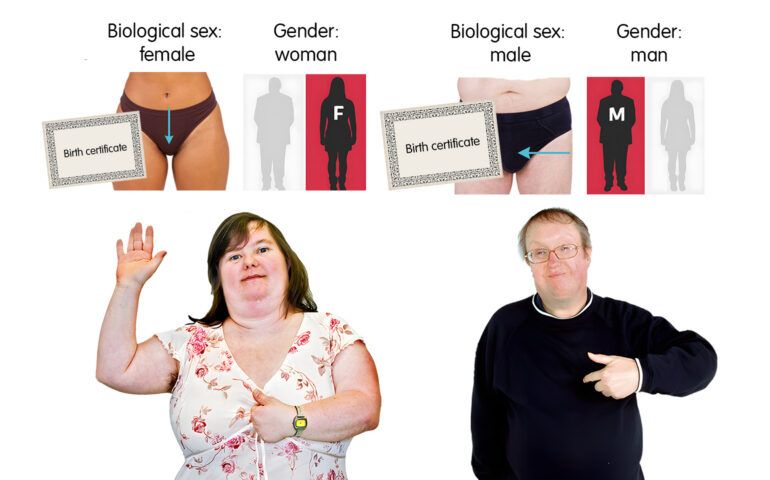
Many people identify as male or female and see their sex and gender as the same thing.
-
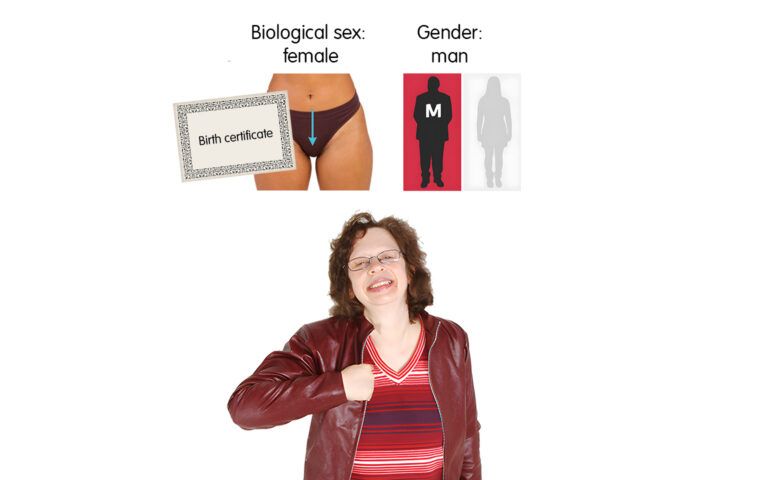
But for others their gender identity is different from the sex registered on their birth certificate (male or female).
-
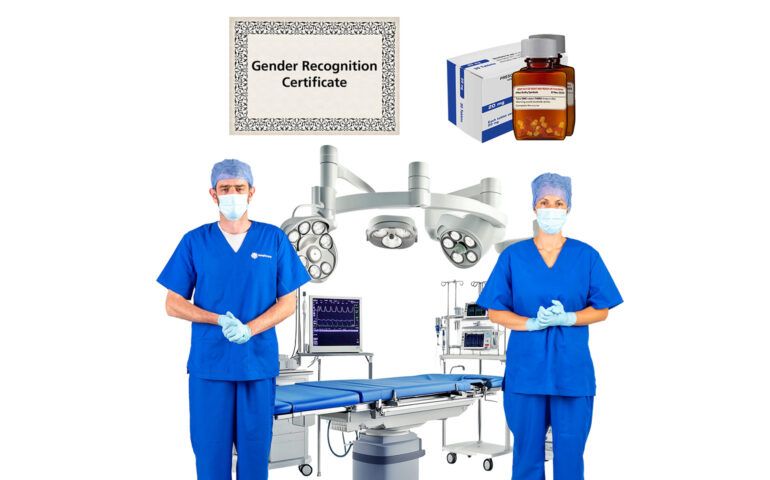
To been seen as the gender they think they are, transgender people can sometimes take sex hormones, have surgeries or get a gender recognition certificate.
-
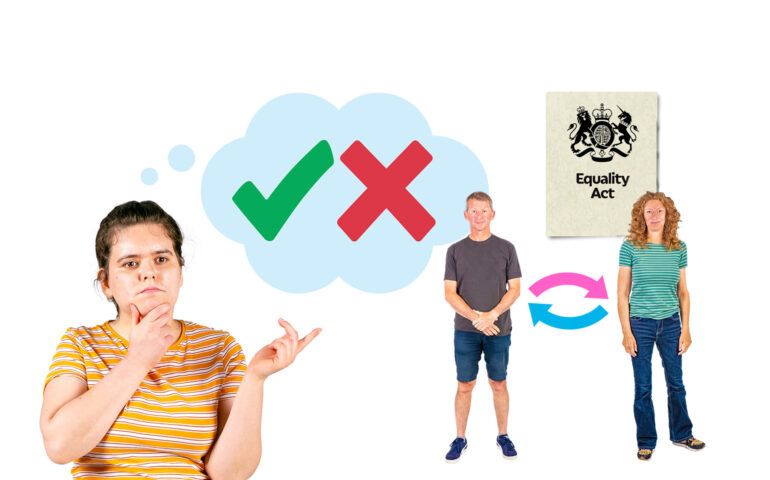
The UK Supreme Court was making a decision on what is the legal definition of a woman and if transgender women could be seen as a woman in law under the Equality Act 2010.
-
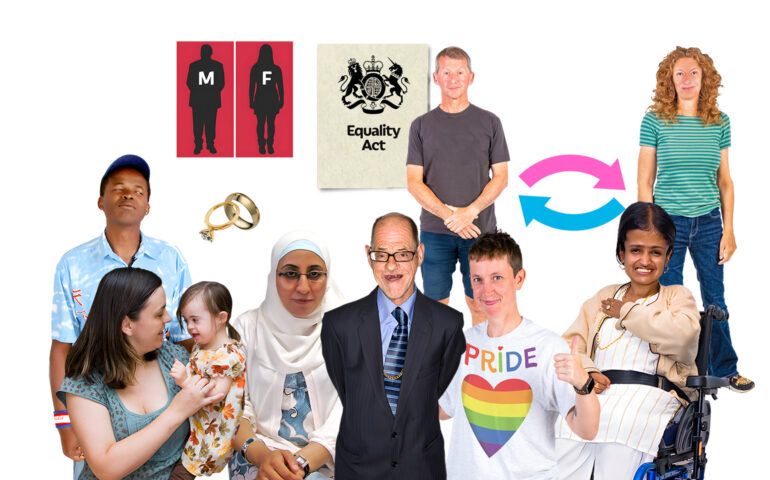
The Equality Act 2010 protects people with protected characteristics against discrimination. It covers race, religion and belief, age, sex, disability, gender reassignment, marriage and civil partnership, pregnancy and maternity, and sexual orientation.
-
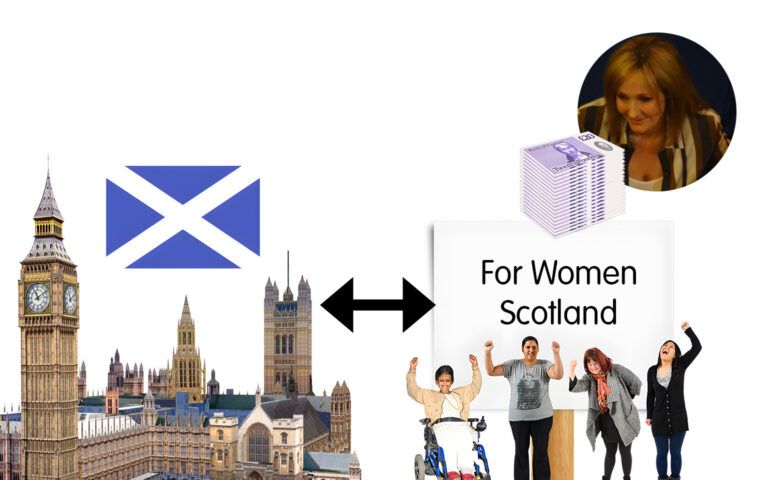
The law suit was between the Scottish government and For Women Scotland. For Women Scotland is a campaign group. It has many donors, including Harry Potter author JK Rowling who donated more than £70,000.
-
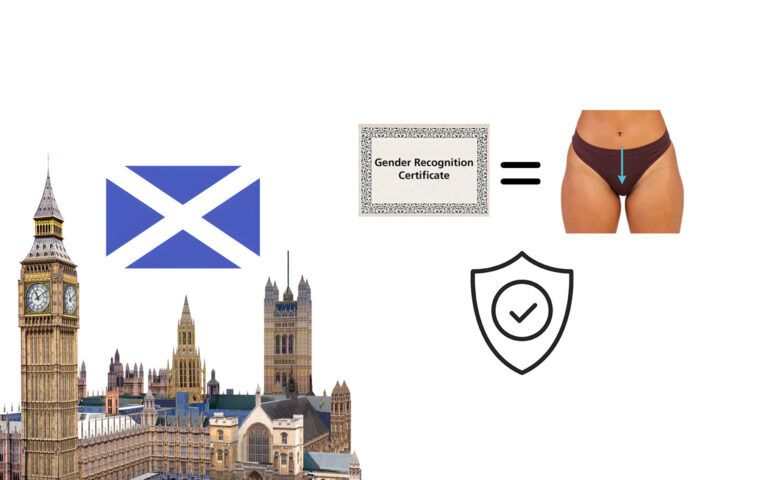
The Scottish government argued that people with a gender recognition certificate should get sex-based protections.
-
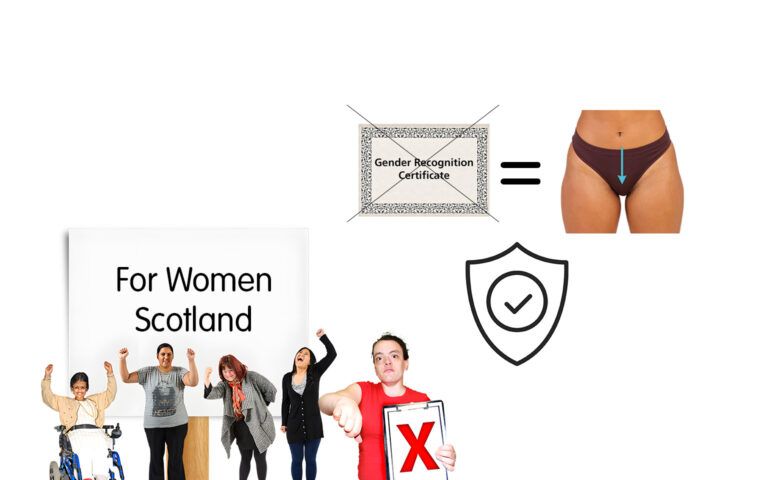
For Women Scotland thought the Scottish government made a mistake. They thought that only people who were born female should get these protections.
-
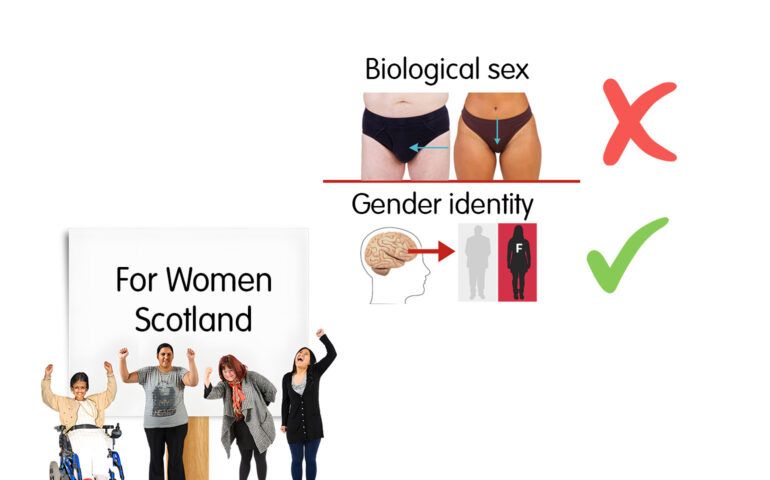
For Women Scotland argued that sex and gender are different. They said that while trans women may change their gender, or how people see them, they do not change their sex, or their bodies.
-
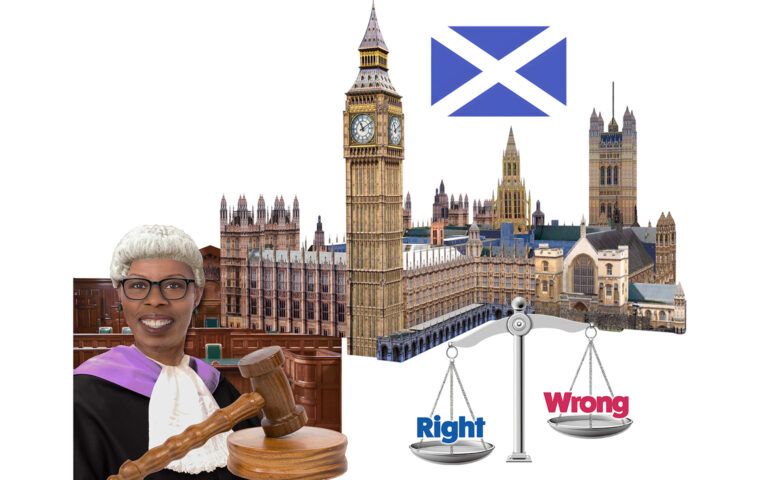
The Supreme Court decided that the Scottish government was wrong. Terms “women” and “sex” in the Equality Act 2010 mean a biological woman and biological sex. It said a trans woman with a gender recognition certificate in the female gender cannot be seen as a woman under the Equality Act.
-
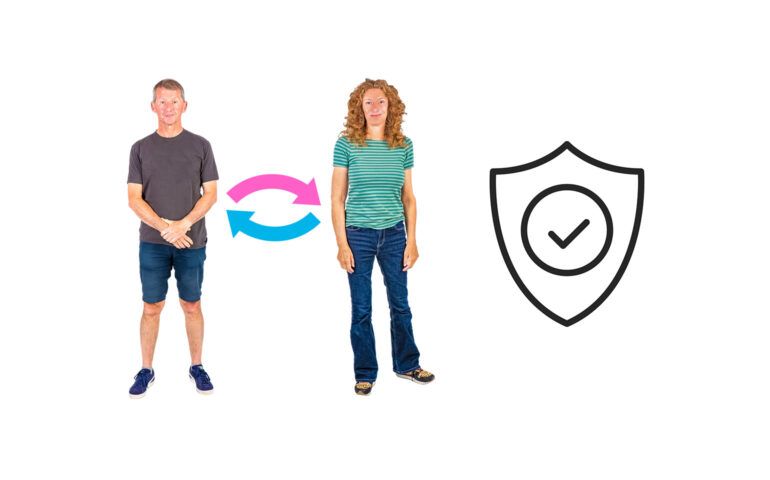
The Supreme Court said that this should not remove protections from transgender people because they are protected under the Equality Act for gender reassignment. They also said that trans women can claim sex discrimination because they are seen as women.
-
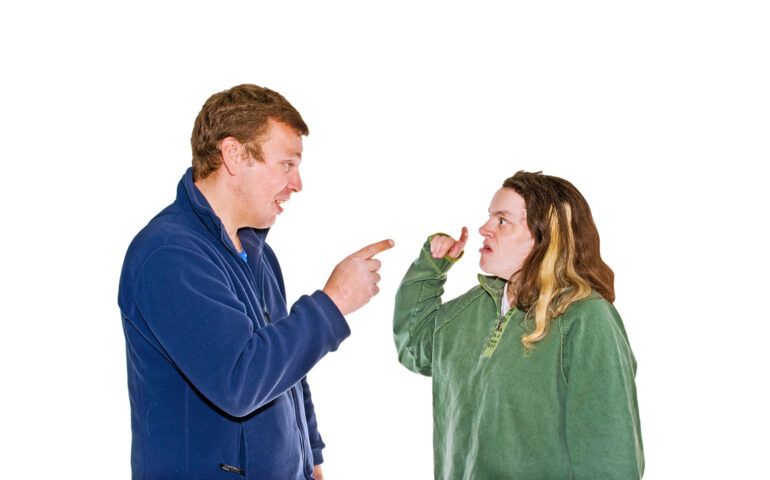
The judge said that this decision should not be seen as one group in society winning over another.
-
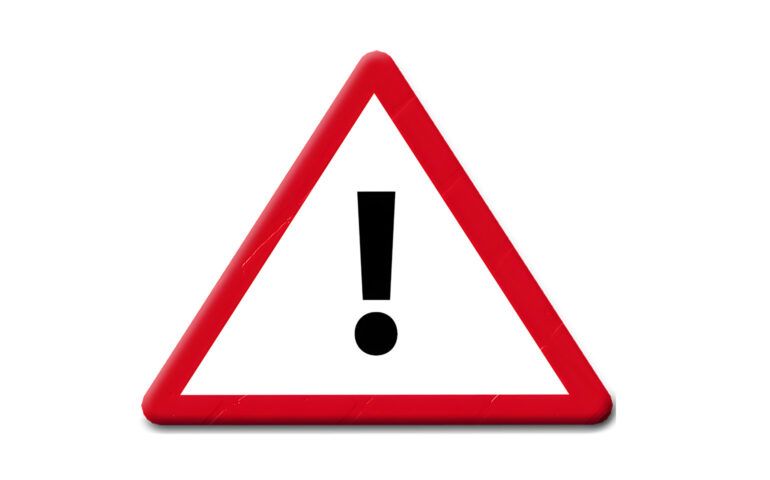
Campaigners on both sides of the gender debate have said that this is significant.
-
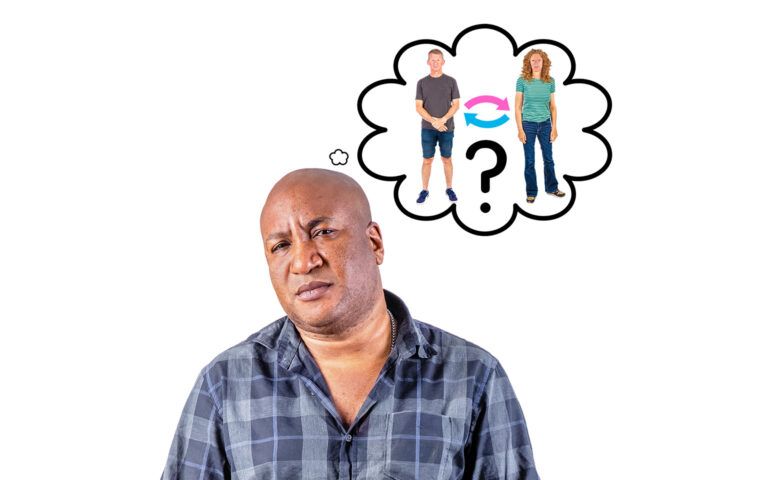
The Government said that it welcomed the ruling as it made things clearer, but MPs have said they’re worried about what it means for transgender people
-
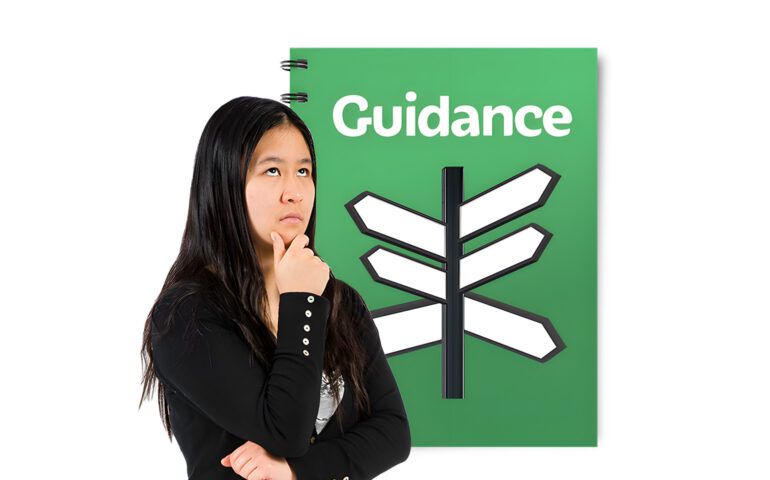
The Equality and Human Rights Commission have shared early guidance for people but it has said it will work on more guidance so people and organisations know how to follow the Supreme Court decision.
-
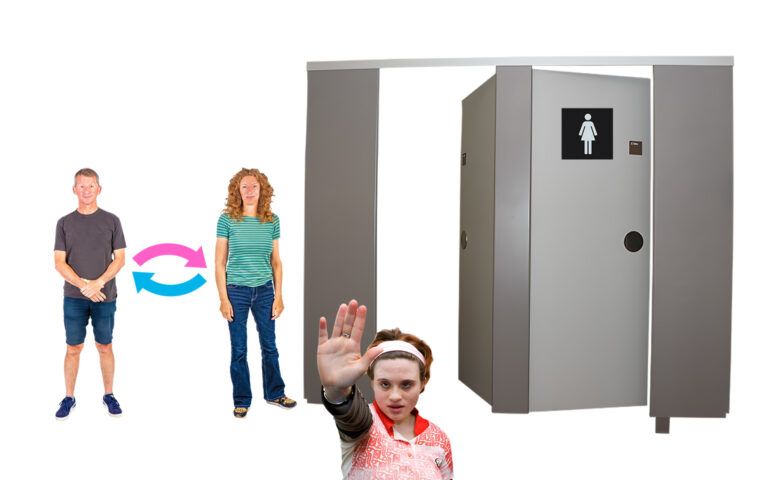
It has said that trans women should not use women's bathrooms. It also said that they should be given unisex bathrooms to use instead.
-
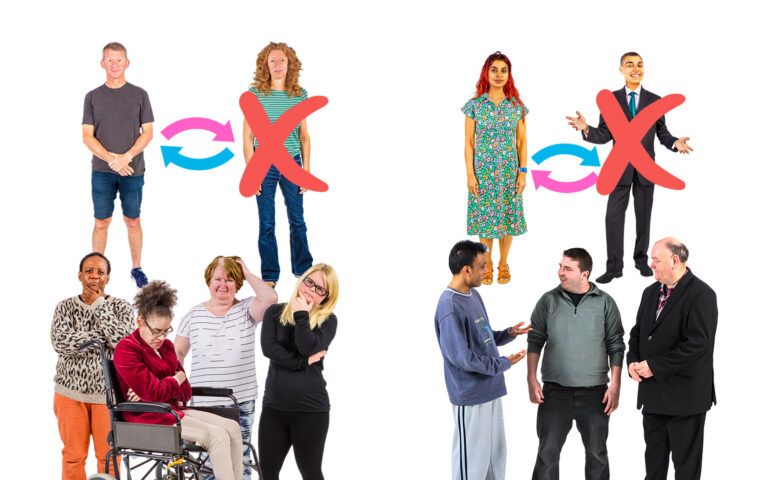
It also said that groups that say they are for women only should not let in trans women. Groups that say they are for men only should not let in trans men. But only where those female only or male only services are lawful under the Equality Act.
-
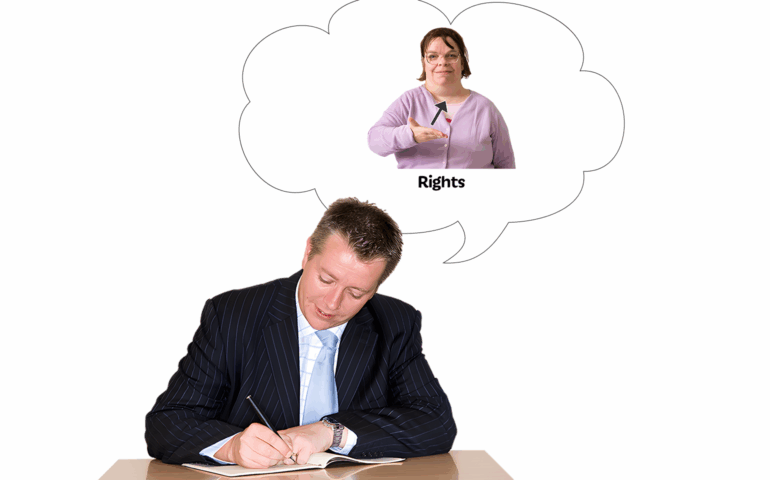
MPs from different parties who are on the Women and Equalities Committee have written to the Equality and Human Rights Commission to make sure the guidance doesn’t ignore the rights and needs of transgender people.
-
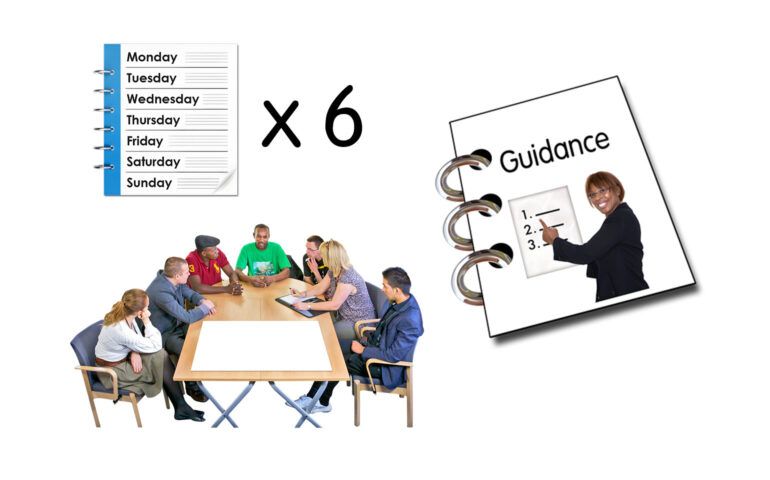
They have said that there must be a 6-week consultation on the guidance. A consultation is a way to get people's views on changes.
-
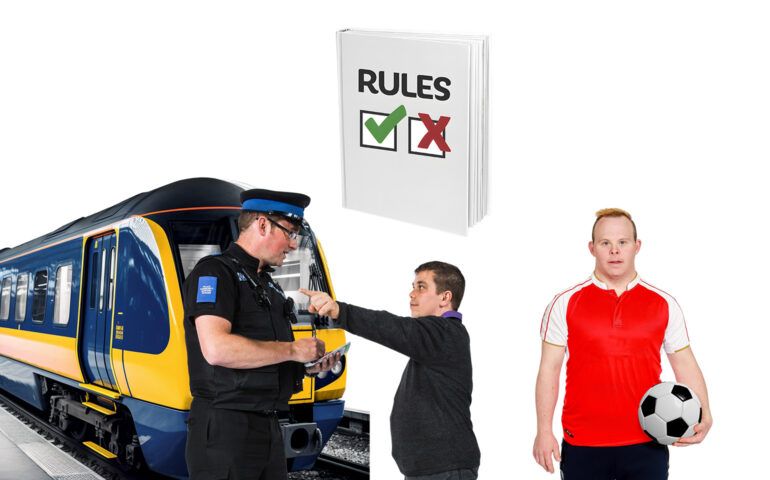
Organisations like the British Transport Police and the English Football Association have already said how they will make changes.
-